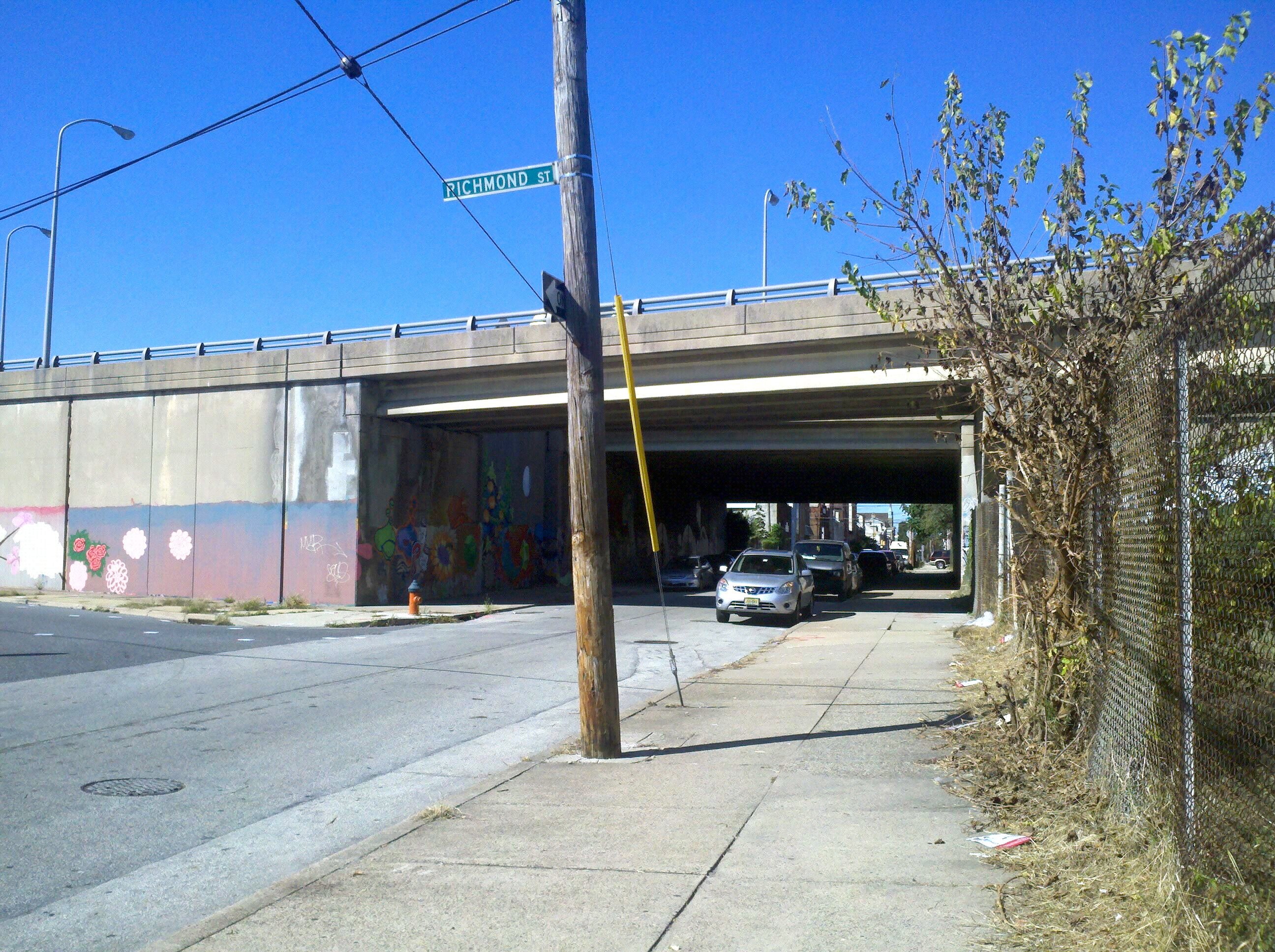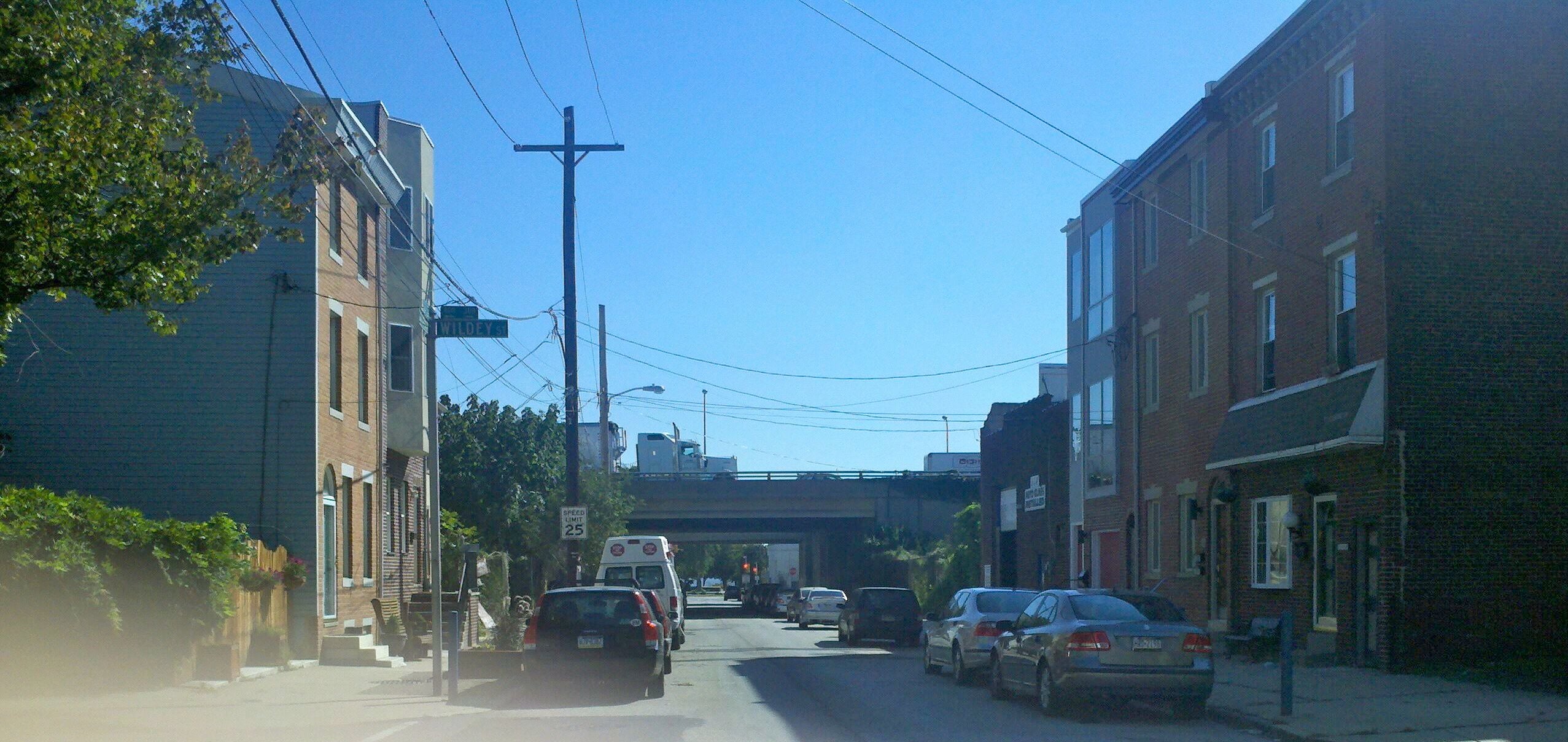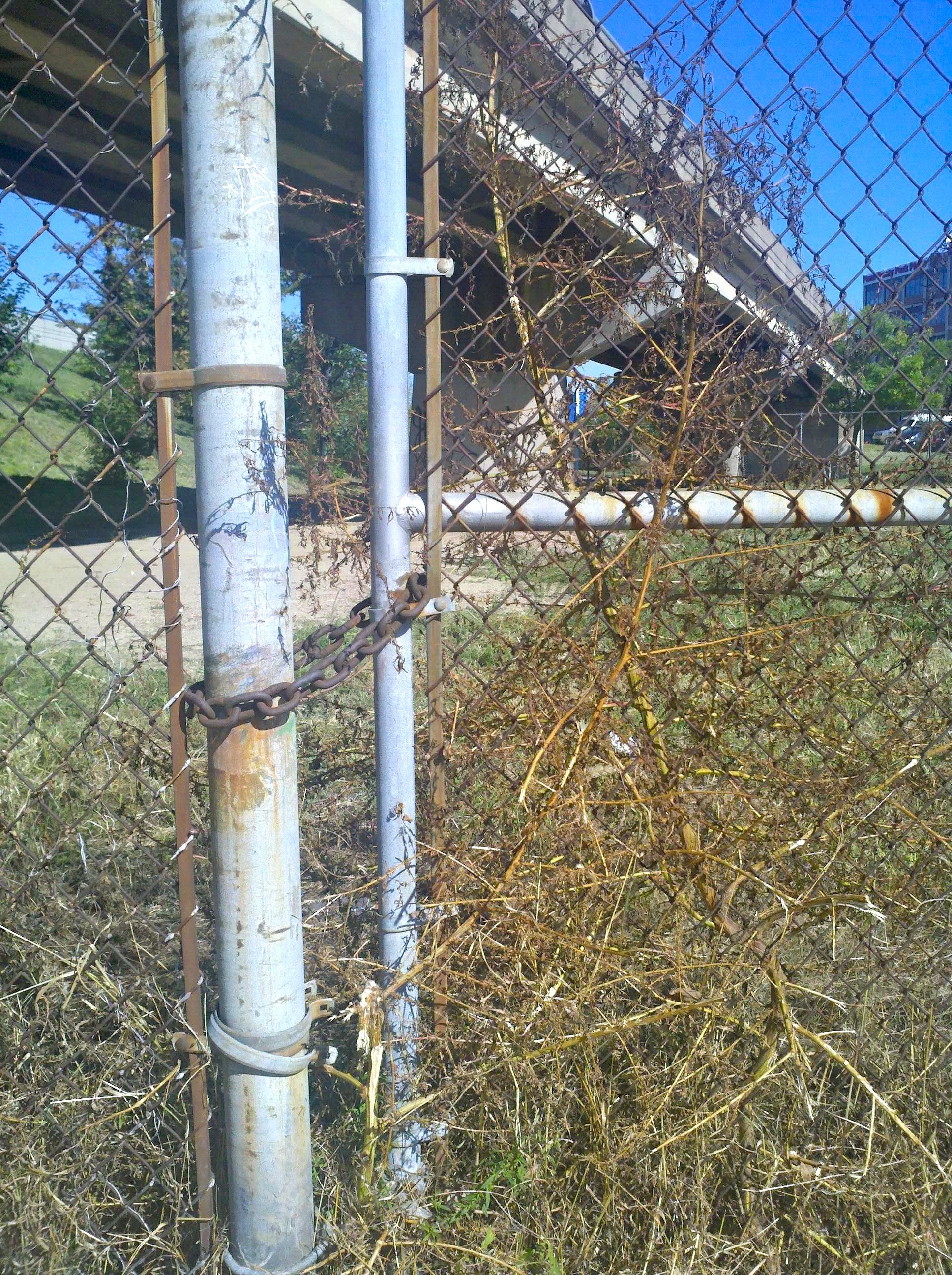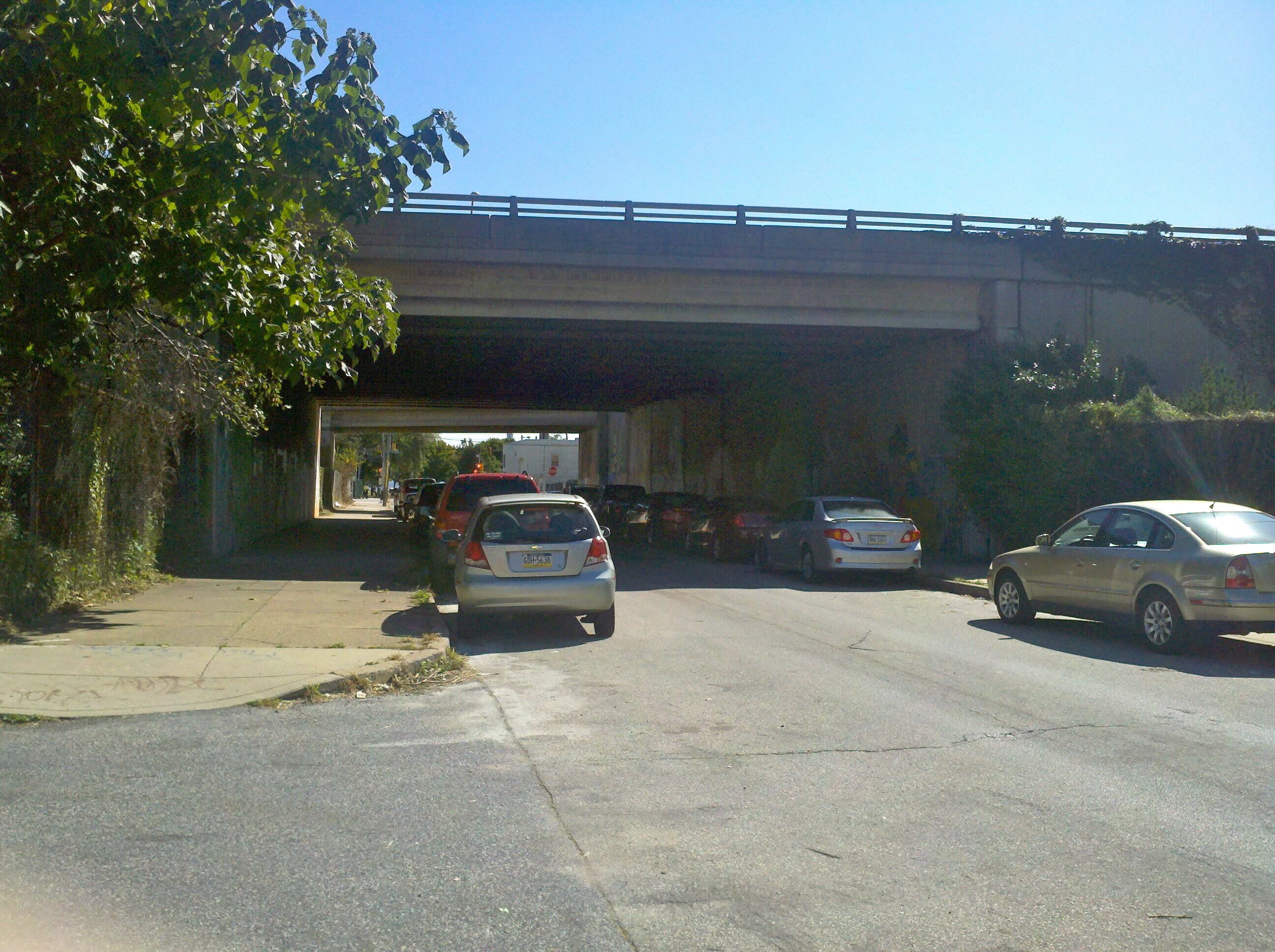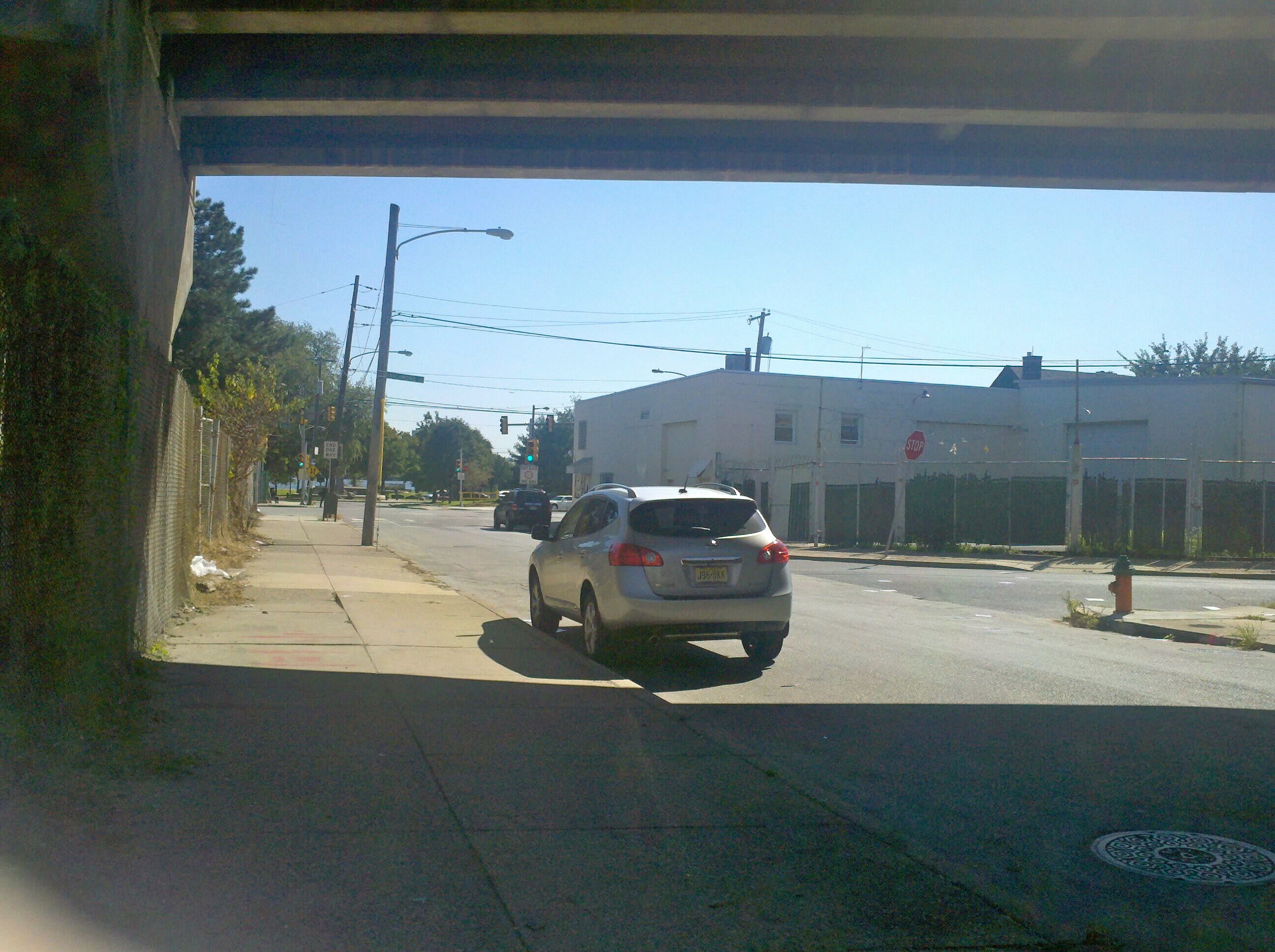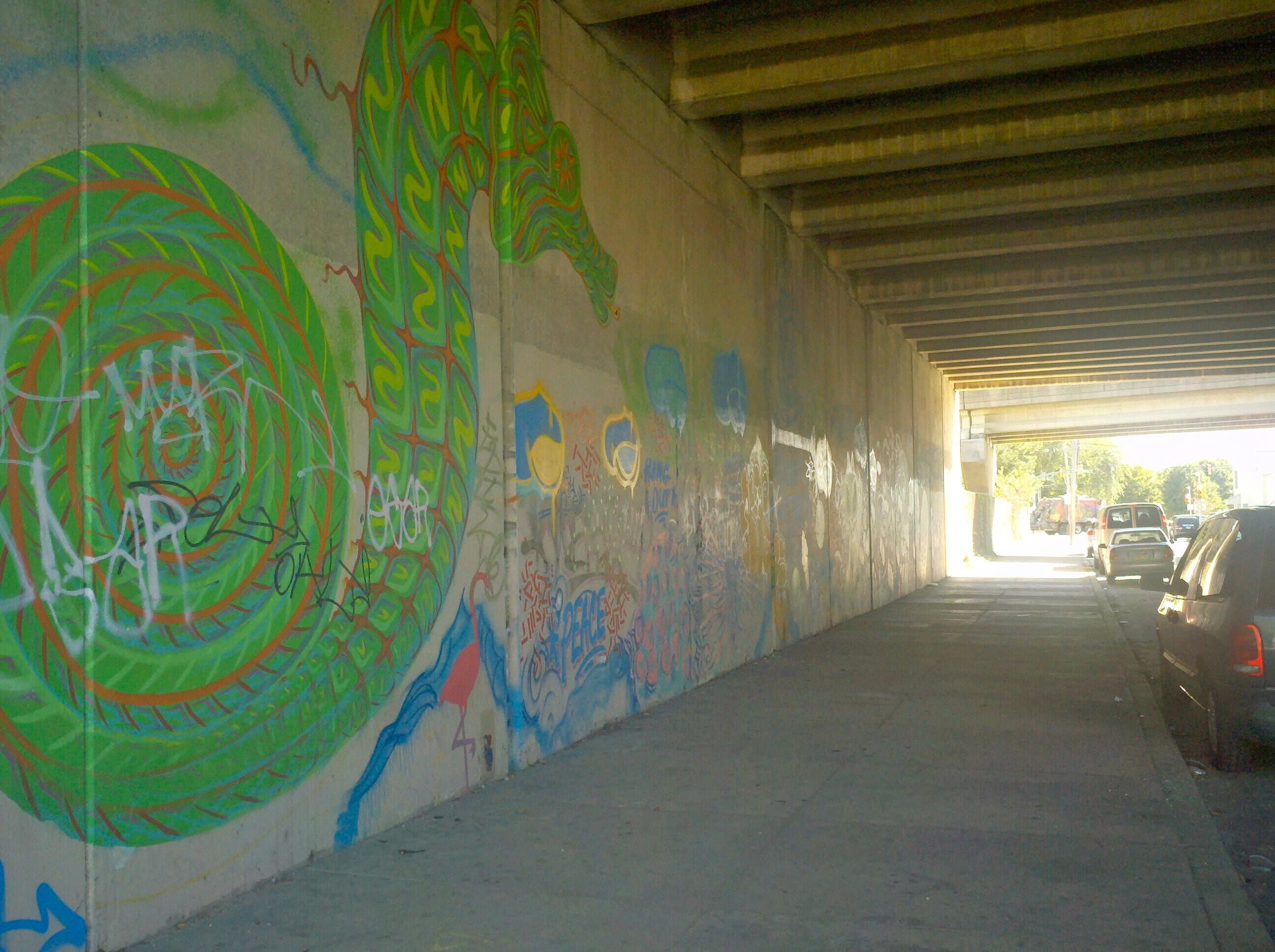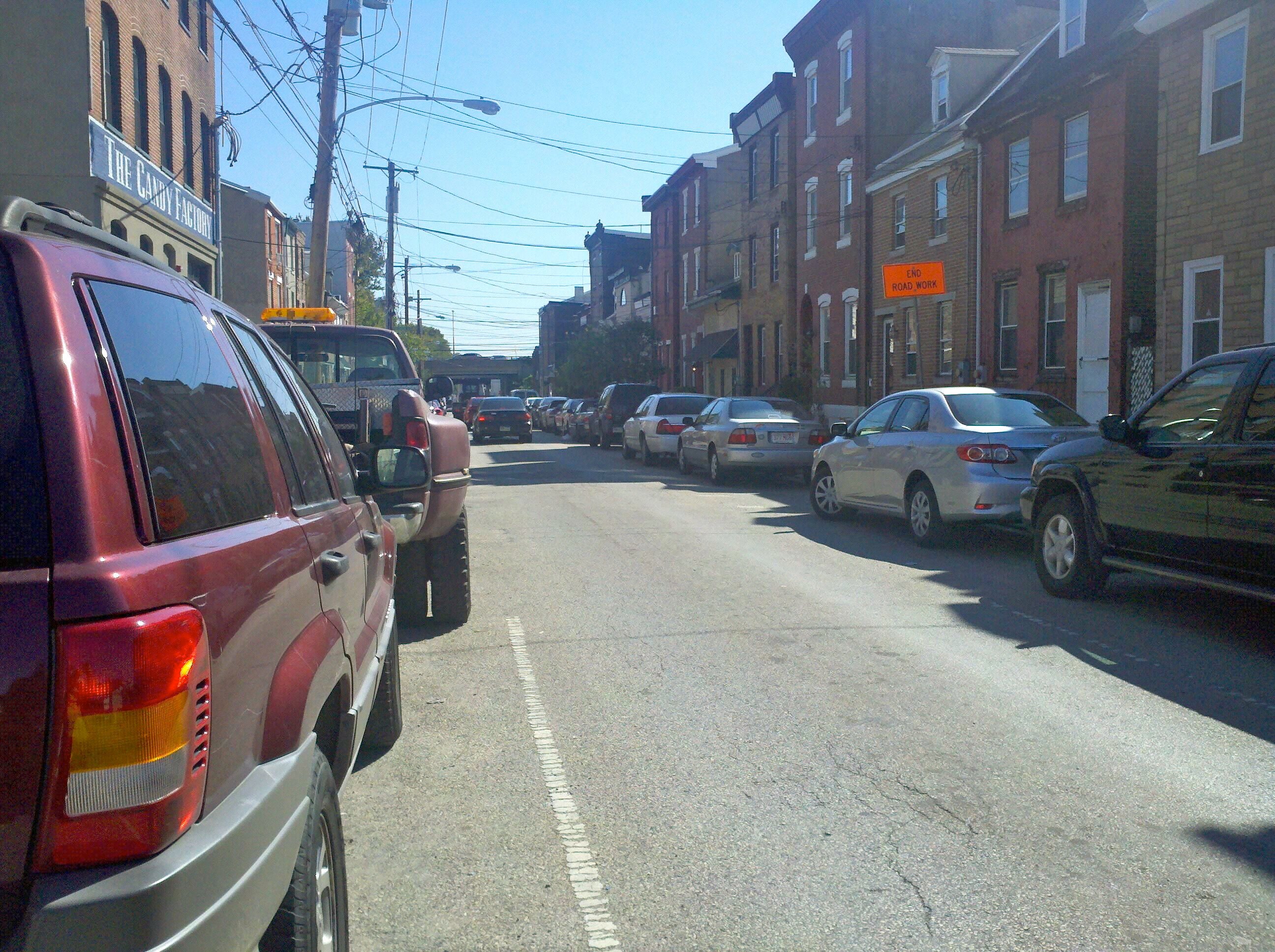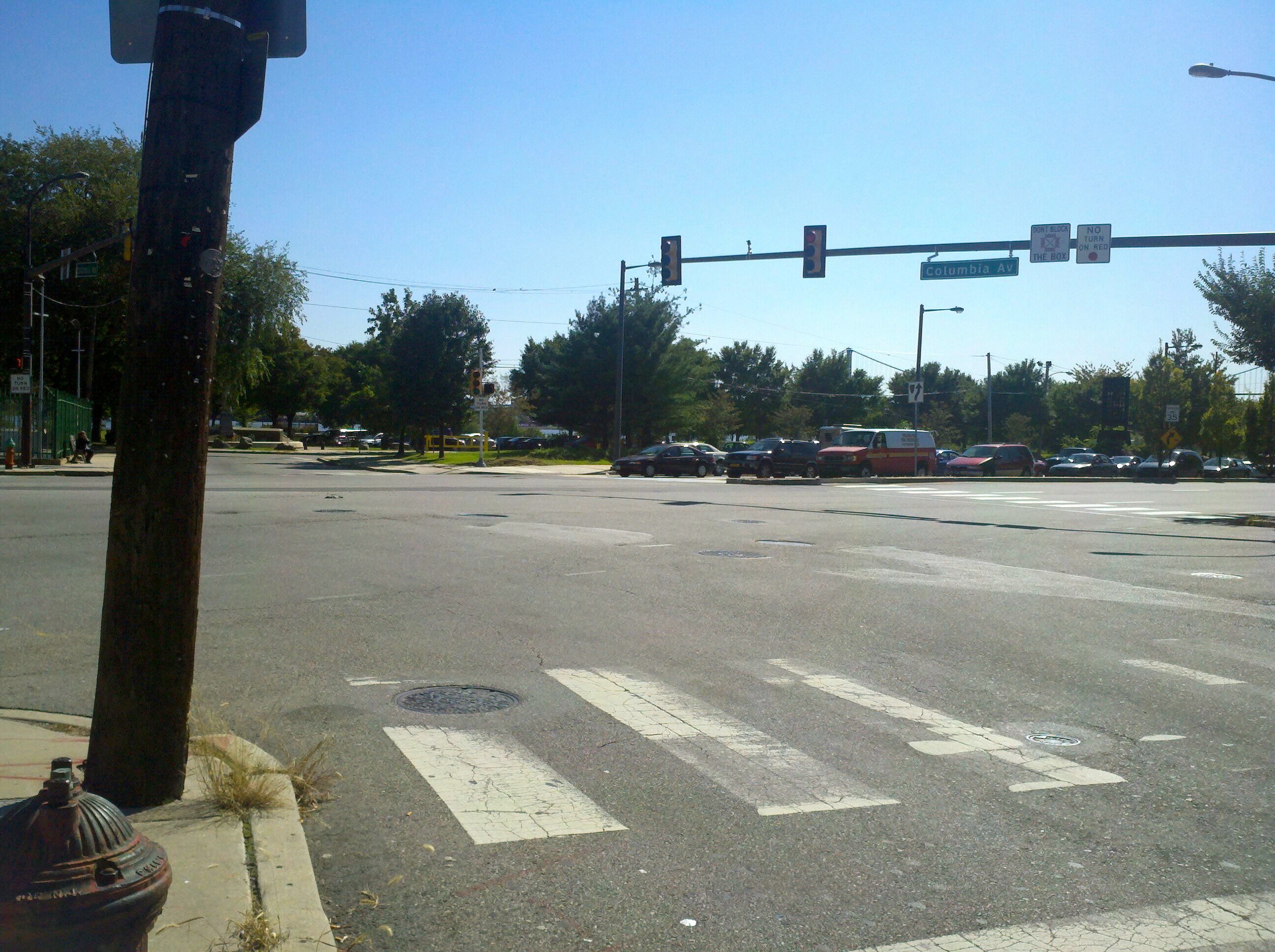Design work about to begin for next river-to-city connector street
Design work will soon begin on a project that the city hopes will make the connection between Fishtown and the Delaware River more obvious and pleasant.
Prompted by PennDOT’s plans to rework Columbia Avenue during the Girard Exchange portion of the revamping of I-95, the Delaware River Waterfront Corporation, a quasi-city agency, has issued an RFP to find a designer for the Columbia Avenue Connector project.
If that name has a familiar ring, it’s because DRWC recently unveiled the Race Street Connector, which served to solidify the connection between Old City and the waterfront – specifically, Race Street Pier.
Such connections are at the very heart of the Master Plan for the Central Delaware, the nearly finished document that is meant to serve as the blueprint for the revitalization of the Delaware River waterfront, from Oregon to Allegheny avenues.
As Race Street connects to Race Street Pier, Columbia connects with Penn Treaty Park. Columbia has always been one of the key connector streets, said DRWC Vice President Joe Forkin, and PennDOT’s project made this the right time to get started.
PennDOT will be working in the area – the GR2 section – from 2012 to 2015, Forkin said. They are going to be doing work on the overpass at Columbia – a spot that now feels a bit dark and intimidating, especially at night. “They came to us and said, we’re going to do a base-line effort of reconstruction. Do you guys want to do anything more? We’ll still pay for the baseline.”
This, Forkin said, is a “fantastic opportunity” for DRWC to stretch its resources. PennDOT is already covering “soft costs” such as determining where the utilities are beneath the street and survey work. “This is easily 30 percent of construction costs,” he said.
PennDOT has made similar offers to other agencies, organizations and community groups along the I-95 corridor through its sustainability committee. It has sought input from residents as well. See earlier coverage.
PennDOT Project Manager Elaine Elbich said that since PennDOT is doing this work anyway, it makes sense to mesh it with other groups’ goals when possible. In some cases, PennDOT will be able to do all the work these groups want as part of the project cost. In other cases, it will do part of the work, and the other partner will pick up the remaining cost.
For example, when it comes to the Columbia overpass, just about any design DRWC might chose for the walls will be covered by PennDOT. “It’s all the same process of imprinting concrete with a mold, regardless of how complex the design is,” she said.
LED lighting is also already part of the project, she said, but DRWC would likely have to cover the cost of decorative lighting and other amenities.
Next year construction begins on the first part of PennDOT’s work in this area, at the underpass. A later phase will concentrate on the area from the underpass to Penn Treaty Park and will address, among other things, safety issues pedestrians face when crossing Delaware Avenue to get to the park.
The consultant DRWC eventually hires – responses to the RFP are due Oct. 11 – will be asked to do planning for Columbia from the intersection with Girard Avenue the whole way through to Penn Treaty, Forkin said. While the phases of work will not all happen at once, they all need to work together, he said.
Forkin expects the DRWC board will select the consultant at its Oct. 28 meeting. PennDOT will need to see the resulting plan by February or March, he said.
Reach the reporter at kgates@planphilly.com
WHYY is your source for fact-based, in-depth journalism and information. As a nonprofit organization, we rely on financial support from readers like you. Please give today.



